专注于细分航运行业
拉斯维加斯(官方认证网站)登录入口·Made in Las Vegas
 走进拉斯维加斯
公司概况
组织架构
企业文化
新闻中心
公司消息
行业新闻
航运要闻
业务领域
境内航区运输业务
境外航区运输业务
航区船舶
运输货种
拉斯维加斯官方入口
人力资源
联系我们
拉斯维加斯(官方认证网站)登录入口
走进拉斯维加斯
公司概况
组织架构
企业文化
新闻中心
公司消息
行业新闻
航运要闻
业务领域
境内航区运输业务
境外航区运输业务
航区船舶
运输货种
拉斯维加斯官方入口
人力资源
联系我们
拉斯维加斯(官方认证网站)登录入口



























 福州市台江区宁化街道长汀街
福州市台江区宁化街道长汀街 0591-86291786
0591-86291786
